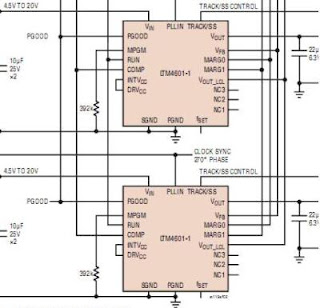The expansion of Wi- Fi technology has spanned universal bounds and emerged as a of the many efficient collection for communication. The answer to be offering by Bandspeed will be an formation of vigilance analyzer IC, firmware, user focus monitoring and air wave frequency.
When you are seeking for tip high quality Wi- Fi Support on any of your system, this technology will keep you miles ahead. The network opening of your systems will enlarge if you confirm to take the help of this technological aid. When this network is implemented, the gadgets will be able to arrange automatically with the assorted configurations. The network may be simply related to WAN access points, LAN access points, laptops, computers, RF sensors and broadband gateways.
If you excavate in to the story of wireless communications and Internet Set up , it is actually receptive to air wave frequencies from non-static sources. The WLans with 802.11 setup provides magnitude interventions to any device in the vigilance trimming from wireless video cameras, cordless phones or x-ray ovens.
The Wi- Fi Support network created by Bandspeed emphasizes that the analyzer is entirely able of hooking on to a networking equipment. The AirMaestro Embedded Signal Analyzer scans all IEEE 802.11 channels in the 2.4 GHz and 5 GHz Wi-Fi magnitude bands. The complete operation of interferers can moreover be rescued and personal by it.
If you are owning a tiny business, the analyzer can help you immensely as the cost offering is actually affordable . Each 3100AG access is offering with the setup of 3 802.11a/g radios. As a patron you can publicize in the network that constitutes 2.4 and %GHz bands. The third air wave that is existing scans both the bands and provides spectrum review on the spot. The complete cost of the analyzer from Bandspeed is existing at a cost of 15$.
The network has been intricately written for a perfect focus in OED/OEM stacks. As a user you can daydream the RF mood in assorted ways similar to energetic duct administration displays, modernized spectrum review and time slots utilization. For the on the whole function of the system, a resource called Automated and Intelligent Channel Selection algorithm is followed. The Air Maestro Spectrum Analysis Solution will work wonders for Wi- Fi Support technology and give undeviating connectivity.
source
When you are seeking for tip high quality Wi- Fi Support on any of your system, this technology will keep you miles ahead. The network opening of your systems will enlarge if you confirm to take the help of this technological aid. When this network is implemented, the gadgets will be able to arrange automatically with the assorted configurations. The network may be simply related to WAN access points, LAN access points, laptops, computers, RF sensors and broadband gateways.
If you excavate in to the story of wireless communications and Internet Set up , it is actually receptive to air wave frequencies from non-static sources. The WLans with 802.11 setup provides magnitude interventions to any device in the vigilance trimming from wireless video cameras, cordless phones or x-ray ovens.
The Wi- Fi Support network created by Bandspeed emphasizes that the analyzer is entirely able of hooking on to a networking equipment. The AirMaestro Embedded Signal Analyzer scans all IEEE 802.11 channels in the 2.4 GHz and 5 GHz Wi-Fi magnitude bands. The complete operation of interferers can moreover be rescued and personal by it.
If you are owning a tiny business, the analyzer can help you immensely as the cost offering is actually affordable . Each 3100AG access is offering with the setup of 3 802.11a/g radios. As a patron you can publicize in the network that constitutes 2.4 and %GHz bands. The third air wave that is existing scans both the bands and provides spectrum review on the spot. The complete cost of the analyzer from Bandspeed is existing at a cost of 15$.
The network has been intricately written for a perfect focus in OED/OEM stacks. As a user you can daydream the RF mood in assorted ways similar to energetic duct administration displays, modernized spectrum review and time slots utilization. For the on the whole function of the system, a resource called Automated and Intelligent Channel Selection algorithm is followed. The Air Maestro Spectrum Analysis Solution will work wonders for Wi- Fi Support technology and give undeviating connectivity.
source




